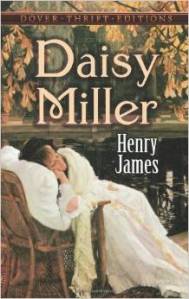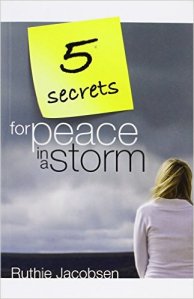I had never read, Harper Lee’s To Kill A Mockingbird until I was preparing to teach it as part of my Student-Teaching semester. The book was ok on a first read. But after teaching it and seeing my students react and hearing their interpretations of it, but book’s power opened up to me. Since then I’ve held To Kill A Mockingbird on my shelf of American classics. So much to my surprise when I learned earlier this summer that were was a sequel coming out. I was looking forward to it and apprehensive at the same time. I wanted to know more about the world of Maycomb County, Alabama, but I didn’t want this book in ruin the characters I had come to love from To Kill A Mockingbird.
 Well, Dear Reader, I love them even more after reading Go Set A Watchman. I’m not going to go into the plot because I’m sure some of you are reading or are planning to read the book and let’s face it, it’s new enough that it’s not ok to spoil it at this point. What I will say is that the point of view and theme of the this book is VERY different from To Kill A Mockingbird. Scout, Jean Louise Finch, is grown up and thus, the language, point of view, and purpose of the novel are more adult. Whereas in TKM it’s about prejudice, Watchman is very much about how we handle out right racism in our families and communities.
Well, Dear Reader, I love them even more after reading Go Set A Watchman. I’m not going to go into the plot because I’m sure some of you are reading or are planning to read the book and let’s face it, it’s new enough that it’s not ok to spoil it at this point. What I will say is that the point of view and theme of the this book is VERY different from To Kill A Mockingbird. Scout, Jean Louise Finch, is grown up and thus, the language, point of view, and purpose of the novel are more adult. Whereas in TKM it’s about prejudice, Watchman is very much about how we handle out right racism in our families and communities.
What really moved me was that while I’ve never lived in the South or had to deal with racist family members/communities, there’s always something that doesn’t sit well with us when we become adults and see the cracks in our adult role models. It’s a rough experience, but we all have to face it one day or another. This book was good at taking both a historical look at what many young Southerners probably had to go through during the Civil Rights era, but it’s also universal.
When you finally get that copy of Watchman you’re going to want to read it in as few sittings as possible. Once I cracked the cover I was so drawn in all I could think about was getting to the end of the book. I finally decided I couldn’t drag it out any longer and had to tell my wife I didn’t mind to be rude but I was going to have to read while I ate my meals. I have never read in such a marathon fashion since Harry Potter and the Deathly Hallows.
As the afterglow of reading Watchman fades, I have to say that I like it better than TKM. However, I would say that you have to read TKM first in order to really feel the power of Watchman. So go out and get busy reading before some troll ruins it for you on the internet!








